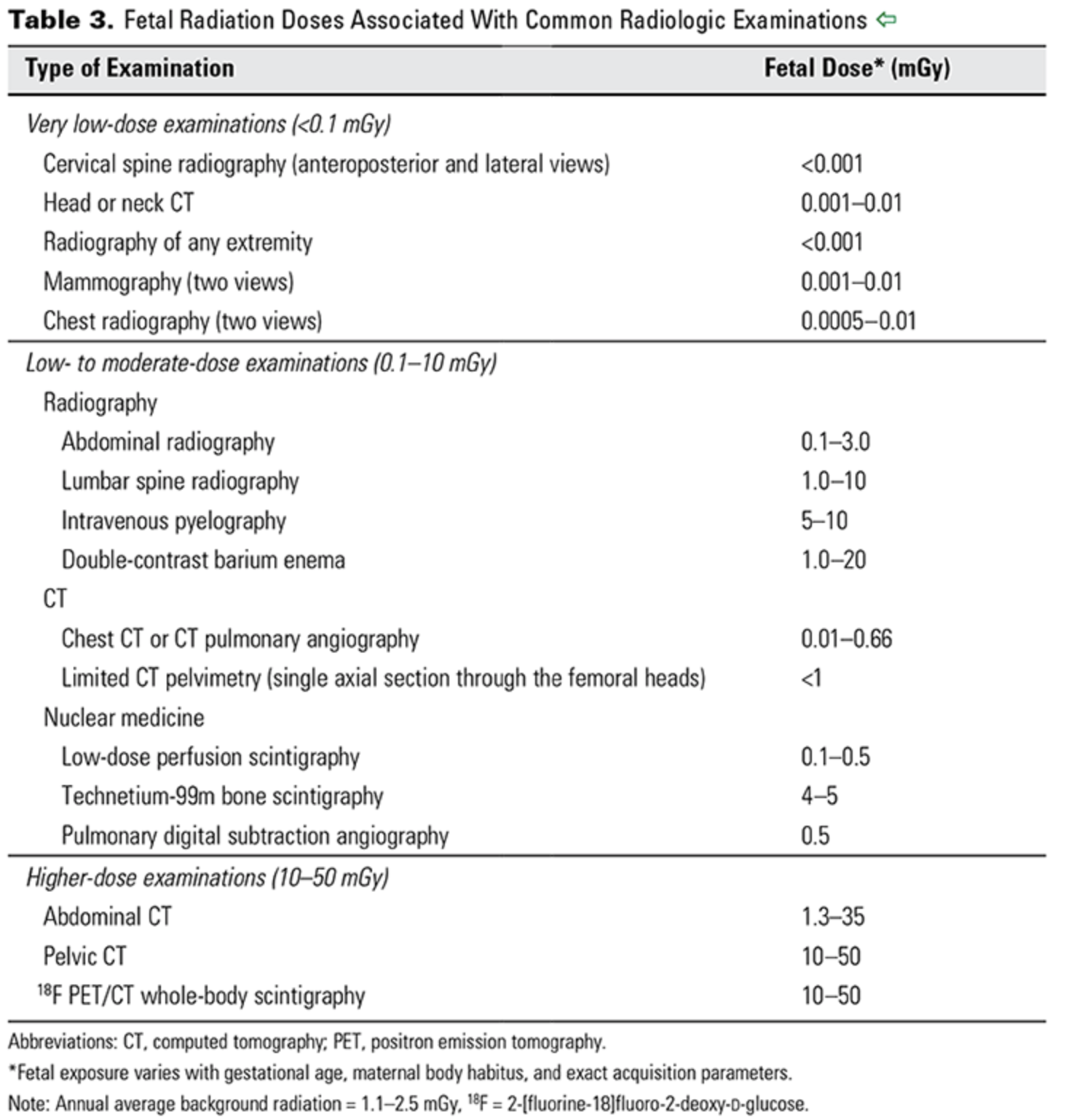Soft Markers for Aneuploidy
/Here’s this week’s RoshReview Question of the Week!
A 38-year-old G1P0 woman at 20 weeks gestation presents to the clinic for her anatomy ultrasound examination. She underwent a first-trimester screen, which showed a borderline nuchal translucency of 3.1 mm. Which one of the following isolated ultrasound findings confers the greatest risk for trisomy 21?
Check out the links above to see if you answered correctly. Also, you can enter for a chance to win a Rosh Review Qualifying Exam (“written boards”) QBank!
Check out the SMFM Consult Series 57 for excellent companion reading!
What are the ultrasound soft markers, and why do we care?
In the era of cell-free DNA, you might ask: what is the utility of soft markers? Aren’t they poor predictors of aneuploidy?
Originally introduced to improve the detection of Down syndrome over that of just age-based or serum-based screening
While it is true that each isolated soft marker may be poor predictors, if we see multiple soft markers, that does improve sensitivity
There may also be some misunderstanding of soft markers seen on ultrasound, and so the purpose here is to review some of these soft markers in the setting of cfDNA and discuss next steps
Remember: patient’s baseline risk should not limit screening options, and cfDNA should be offered to all per ACOG and SMFM
What are the first steps when you see a soft marker?
Make sure that the soft marker is truly isolated - look for other soft markers, fetal growth restriction, or other anomalies
If you feel that your office is not equipped to do this, can refer to MFM to have a level II ultrasound performed - this is of course a discussion with the patient, and not all patients will want further evaluation
Look at the patient’s history:
What is their baseline risk? (age, family history, history of aneuploidy)
What are their previous aneuploidy screening results? Did they have any?
Ok, so I see one of the soft markers, what do I do next?
First of all, have they had cfDNA?
Most of the time, there is not much to do after that (again: ISOLATED soft marker)
This is because with cfDNA, the posttest probability of a common aneuploidy (ie. Trisomy 21) of negative cfDNA is very low - it is lowered by 300x for trisomy 21
Per the consult series, the residual risk of a 35-yo woman, whose age related risk of Down syndrome is 1/356 is reduced to <1/50,000 after a negative cfDNA result
But what if they didn’t have cfDNA?
If they have had negative serum screening, also ok, no need to do further testing at this time
The detection rate of serum screening test for Down is still high, about 81%-99% depending on the test
If no screening at all, counsel about noninvasive aneuploidy testing - not all patients will want screening
Remember: there isn’t an established cut off residual risk when there is recommendation to do diagnostic testing
Many labs will establish a cutoff of 1:250 or 1:300
SMFM does not recommend diagnostic testing for aneuploidy only for evaluation of isolated soft marker following negative serum or cfDNA screening result
The Soft Markers (all photo credit to Radiopedia)



